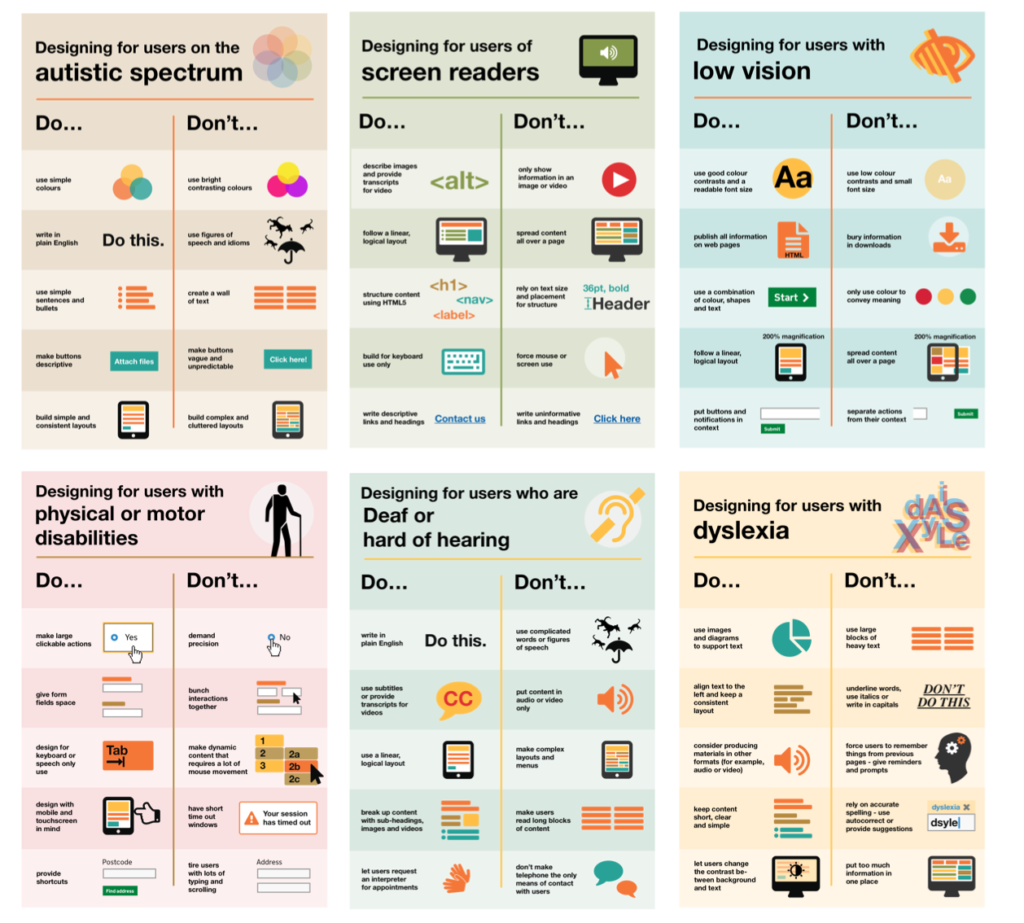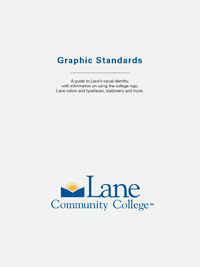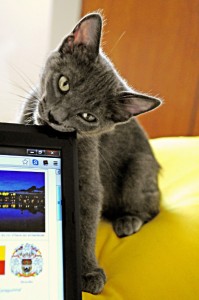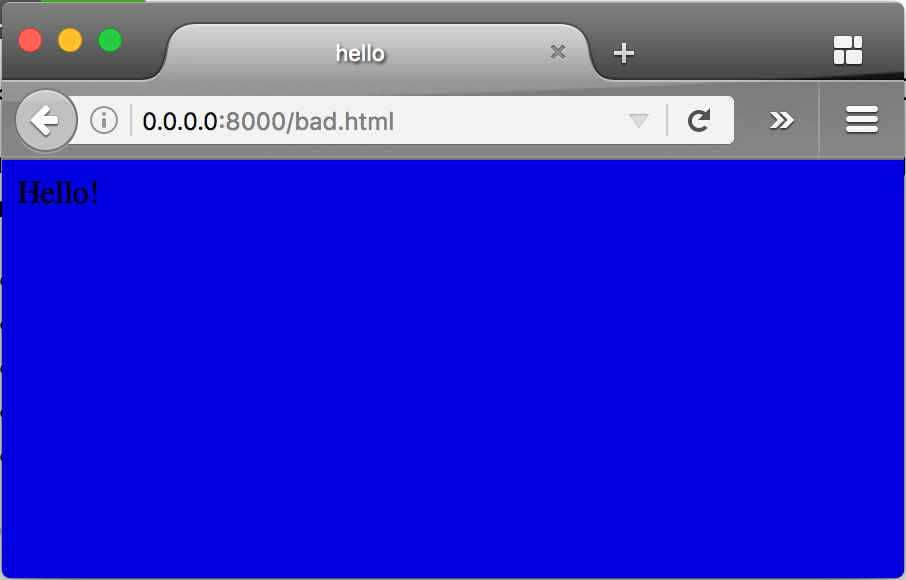This is our last check-ins on progress for our web team goals. The next progress post will be to evaluate how well we did and establish new goals.
1. Reduce the total number of pages on the Lane website by 5% (from 5550 to 5273)
Regretfully, this number has slid up even further, from 5003 to 5107. Much of this has been due to news releases and in the news items (where we track mentions of Lane in news media). Next time we create goals, we’ll definitely be using a much more limited subset of page types. There’s still a bunch of open tasks to eliminate some pages, but progress is likely to be slow, as we’ve had to prioritize other work.
2. Reduce the number of pages with more than 15,000 characters by 10% (from 249 to 224)
Somehow, this measure also increased slightly again, from 141 pages to 144 pages. These pages remain primarily internal pages.
3. Reduce the average character count of our pages by 10% (from 4650 to 4185)
With an increase in the count of longer pages, we’ve also had an increase in average page length. As mentioned last goal, this goal is no longer really one of our goals, as we’re deliberately using some longer form content. But I still don’t like that we’ve slipped to 4,140 characters.
4. Improve the average age of our pages (the average late updated date) by 4 months (from 16 months to 12 months)
We’ve stayed steady on this goal since last post, staying at 17 months old. This remains one of our most difficult tasks, and we’d appreciate any help you can provide.
Traffic Goals
We also had two traffic goals:
- Increase session counts for www.lanecc.edu during the period 6/14/17-6/14/18 compared to the previous year by 5%, from 3,228,904 to 3,390,349
- Decrease the bounce rate for www.lanecc.edu during the period 6/14/17-6/14/18 compared to the previous year by 5%, from 37.05% to 35.19%
Since these are annual goals, they’re a little harder to compare against. But we can compare similar time periods. For the first ten months, 6/14-4/14, comparing 2016/17 to 2017/18, our session counts have decreased by 13.67%, and our bounce rate has shrunk by 0.83%. This is a bit of an improvement on our bounce rate, but our session counts remain crushing. A glimmer of hope: new sessions are up 8.26%, and average session duration is up 9.98%.
Unfortunately, we’re no longer seeing the increase in traffic on the redeveloped traffic that we used to see, though we are at least seeing level traffic on program pages.
Last post in this series will be in June, when we’ll lay out some new goals for next year.





